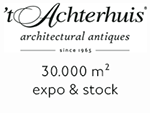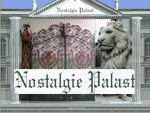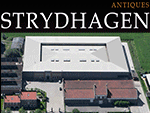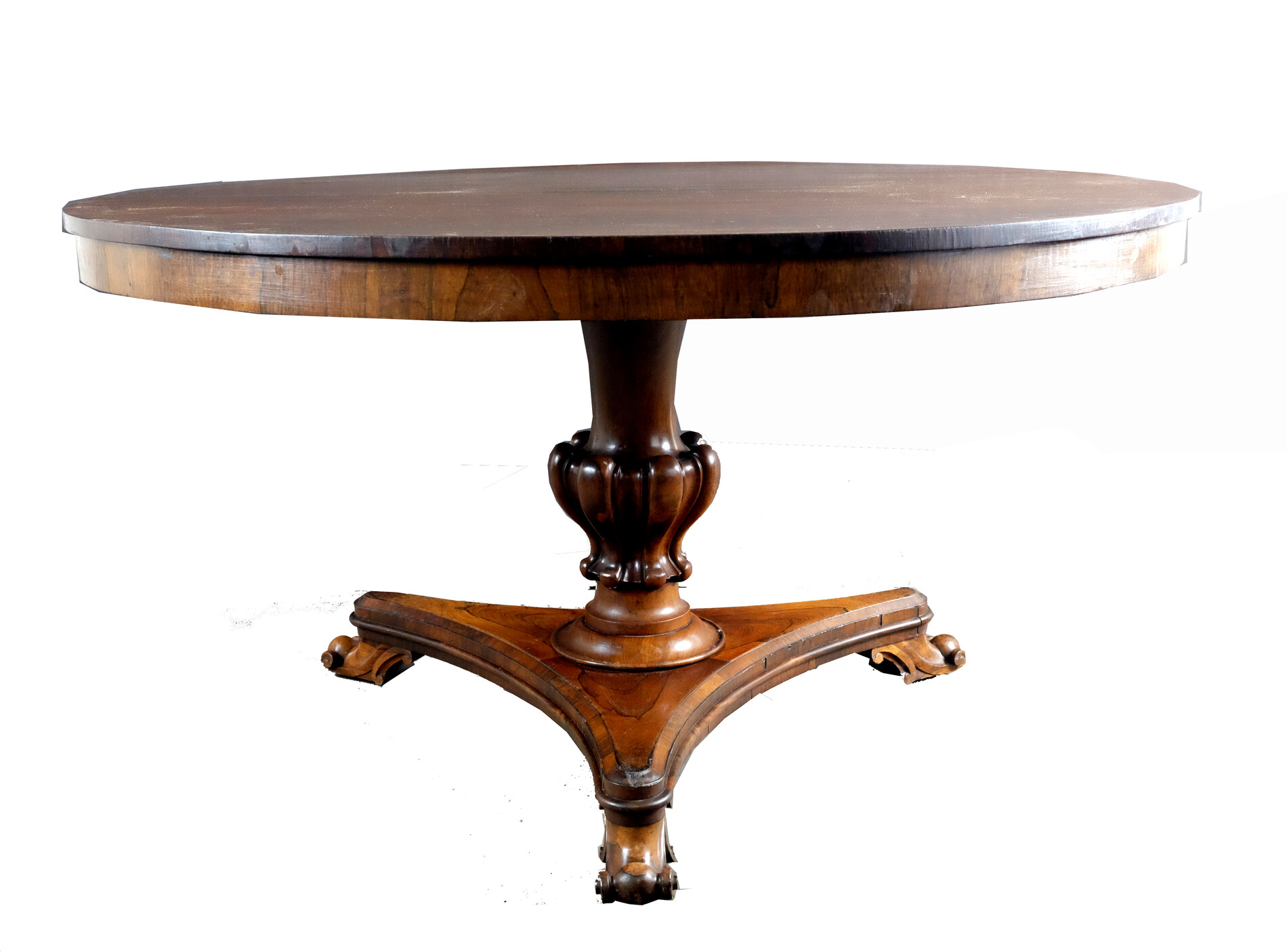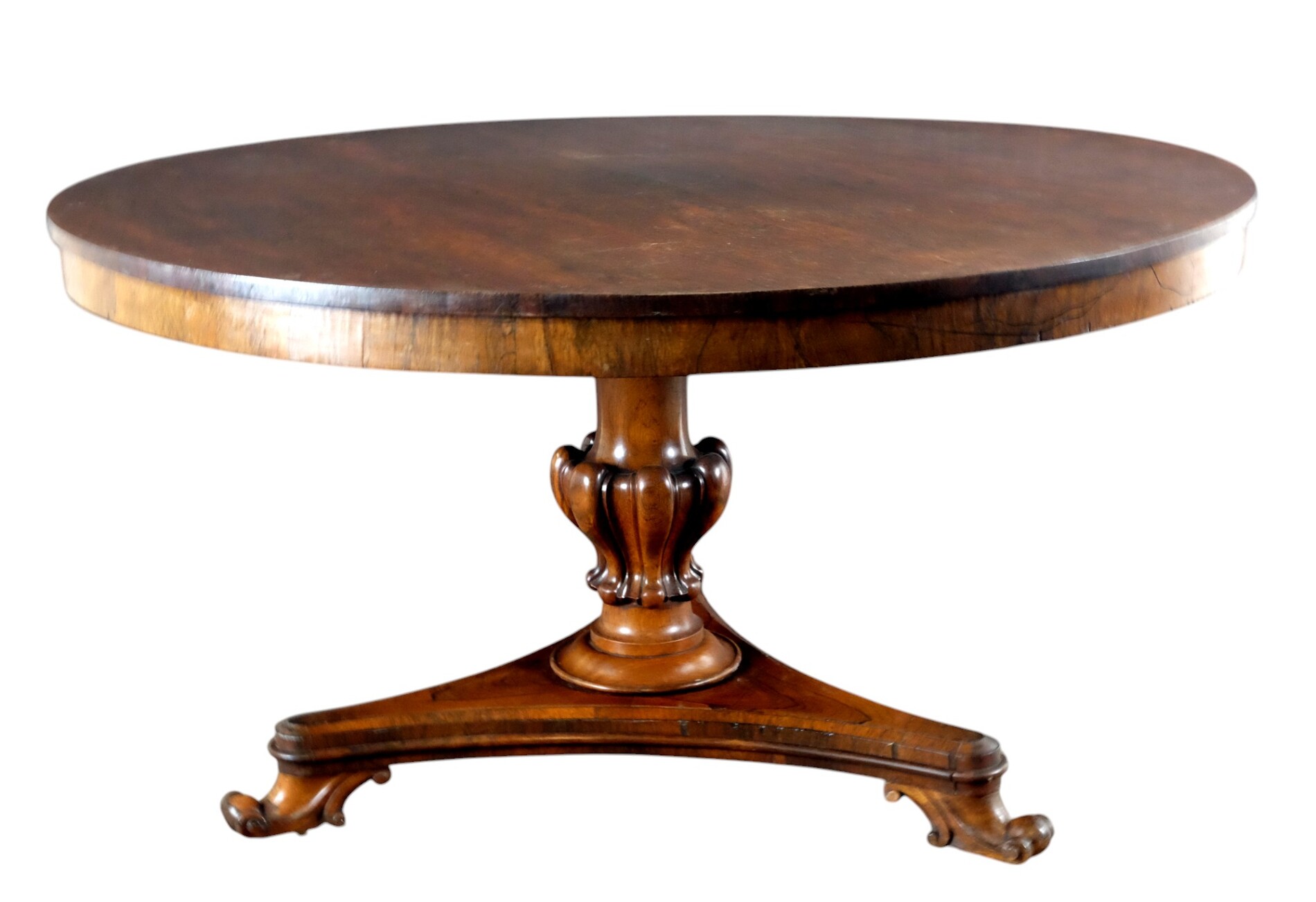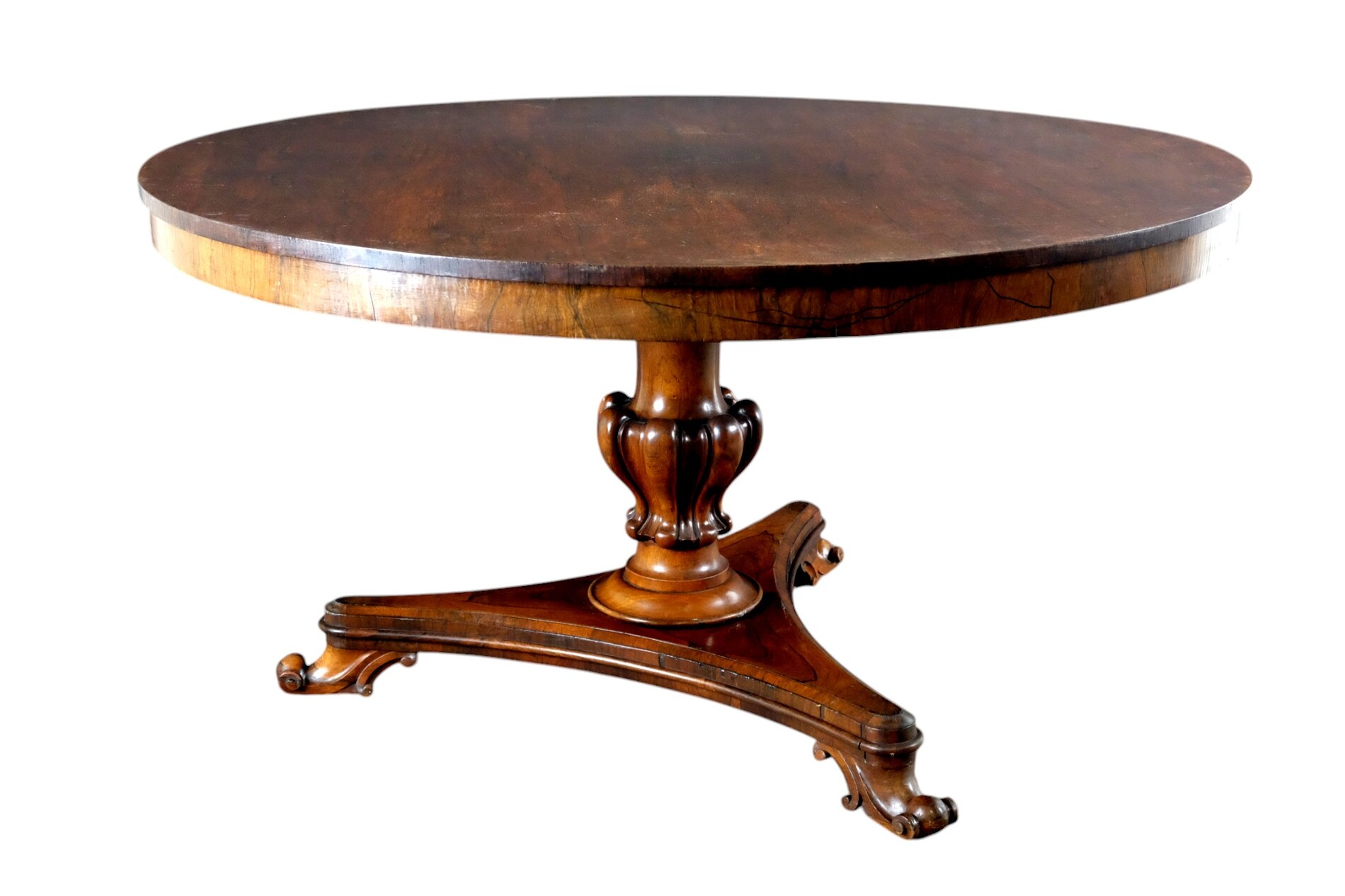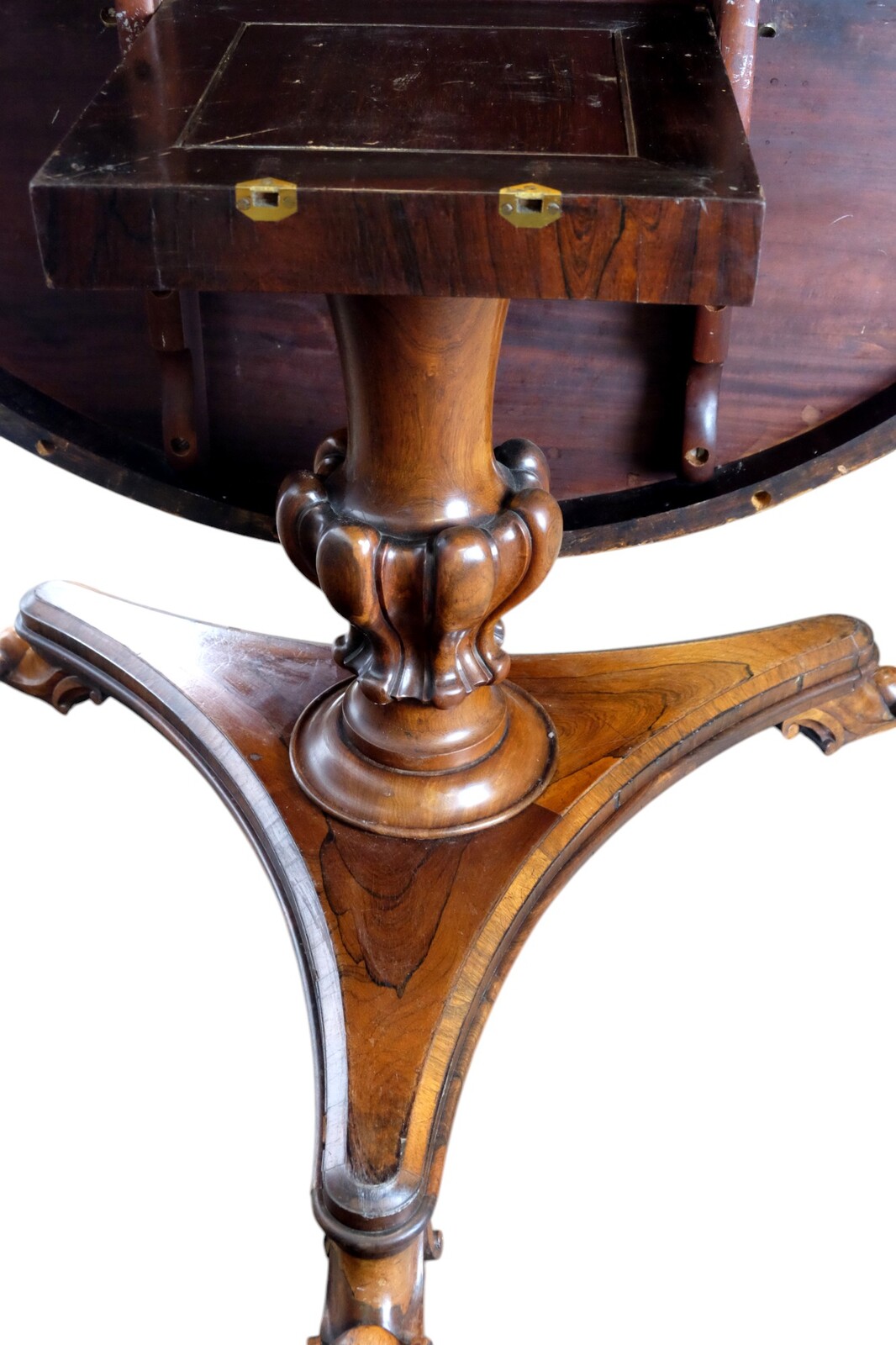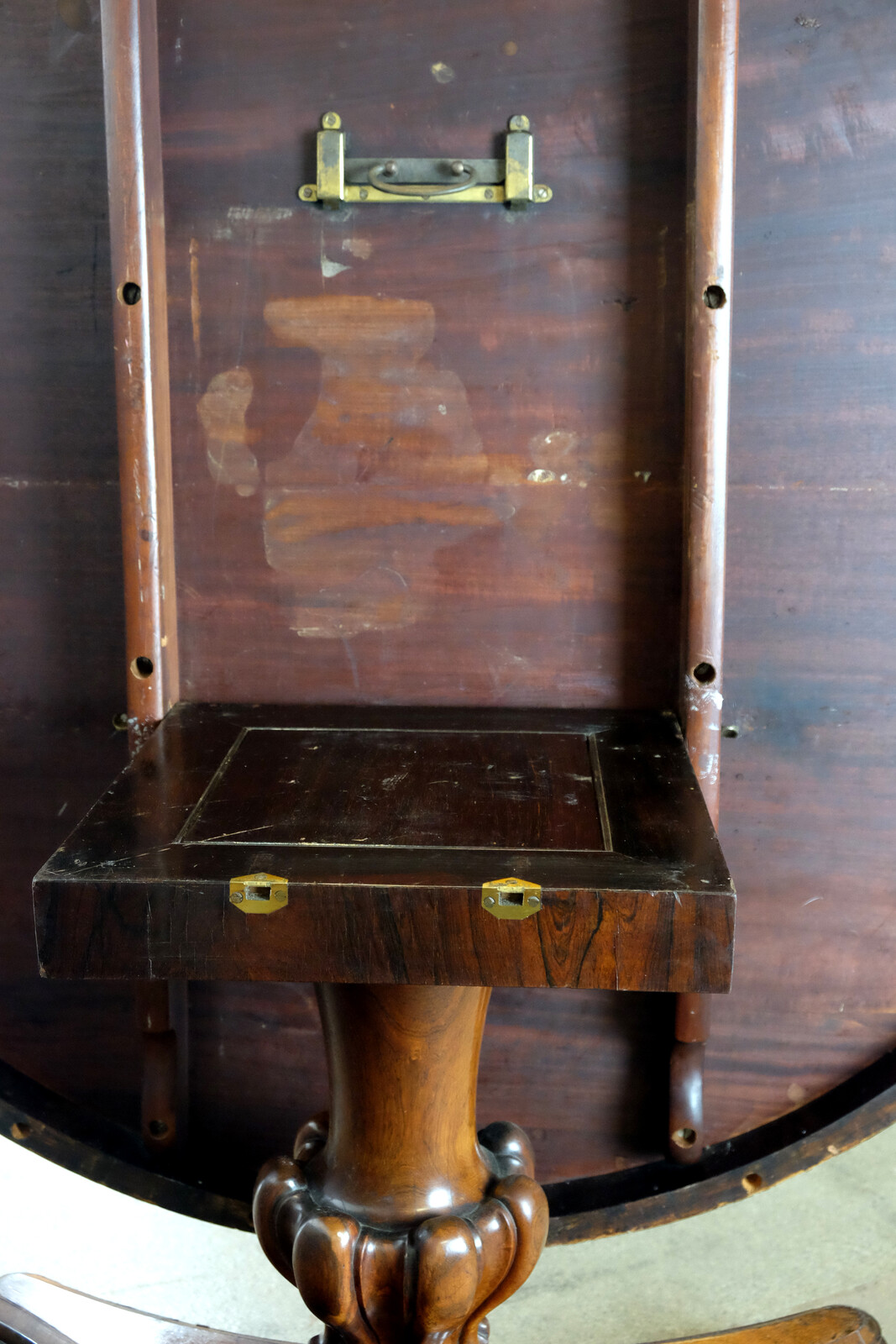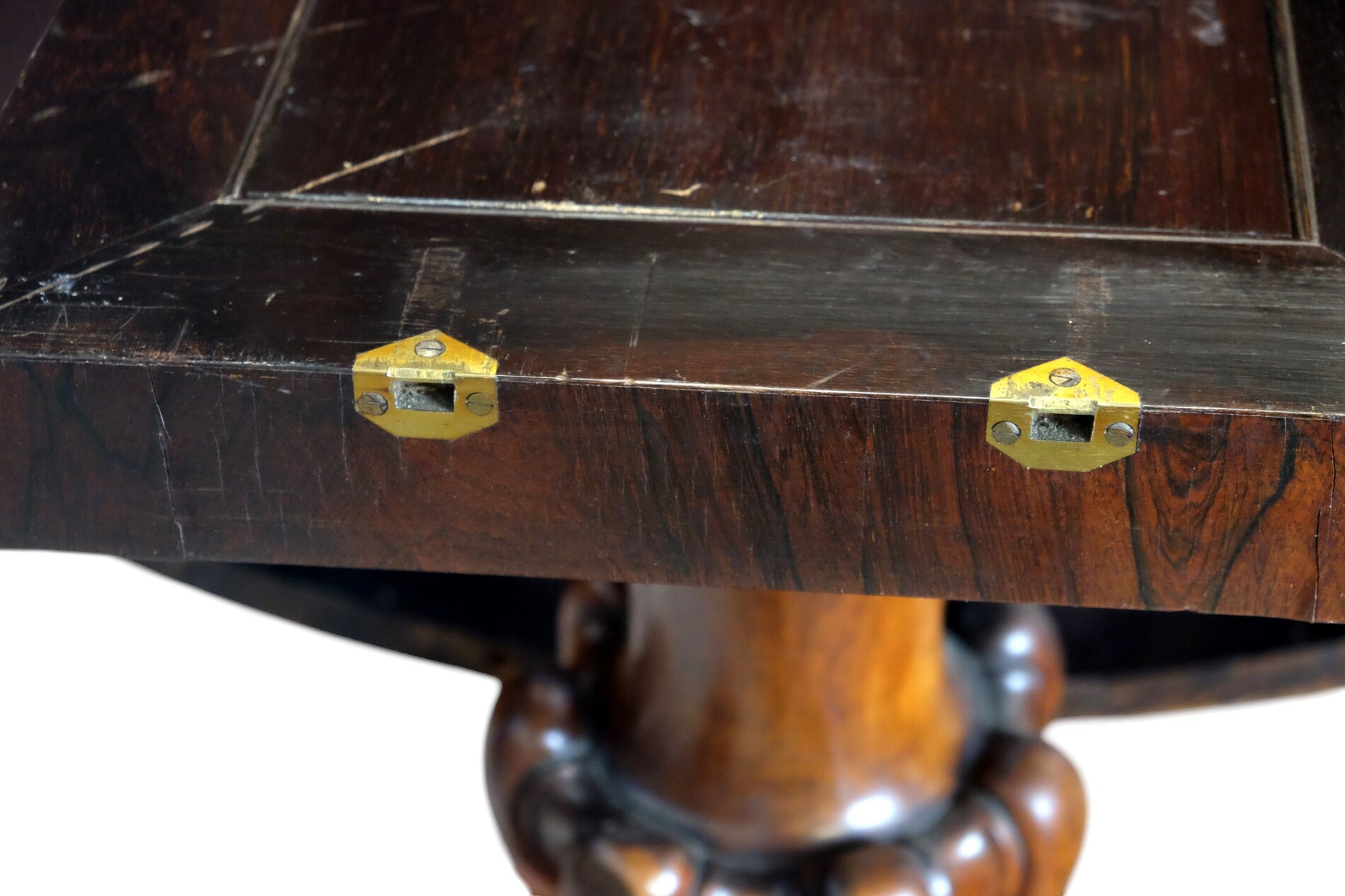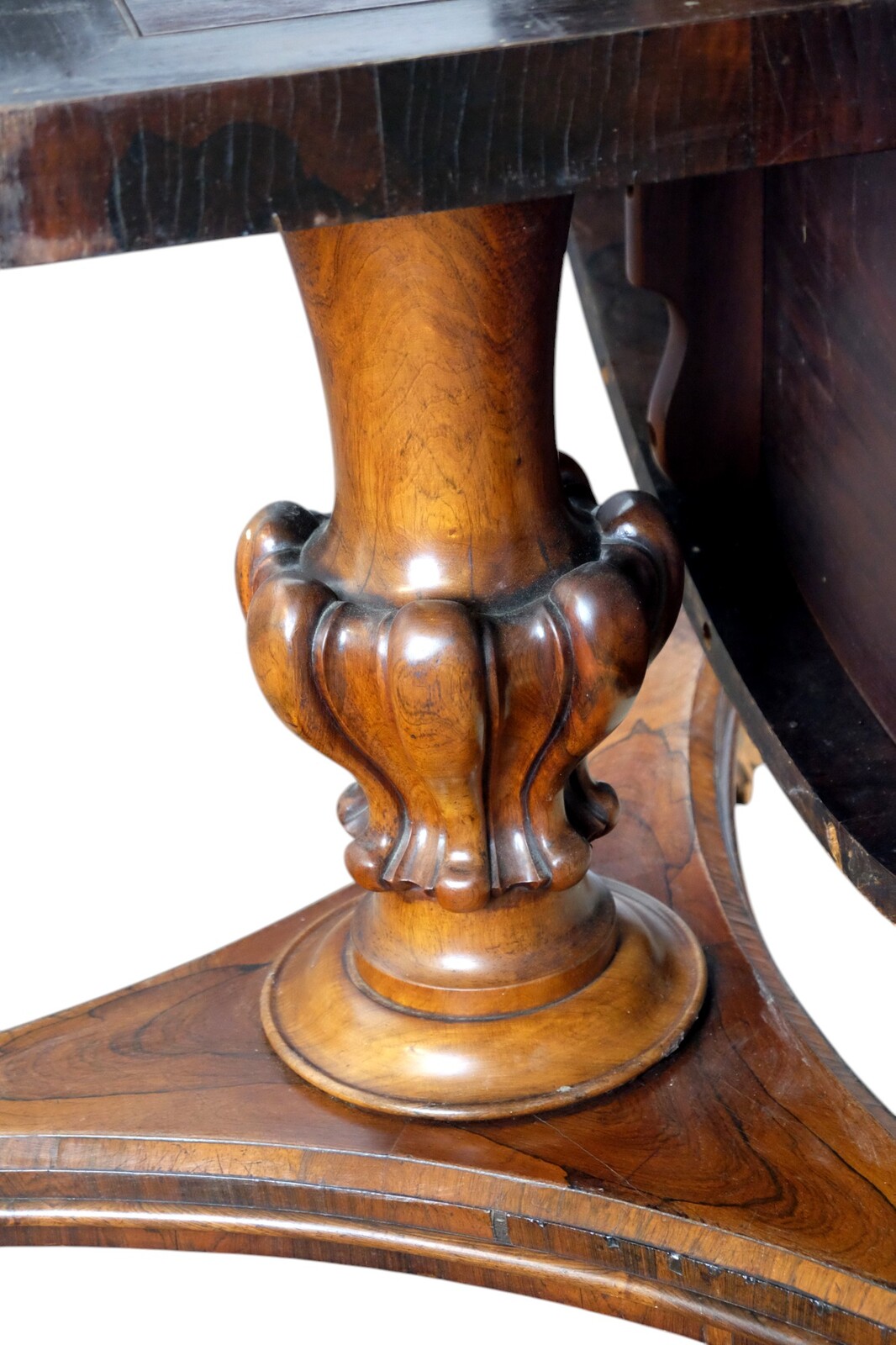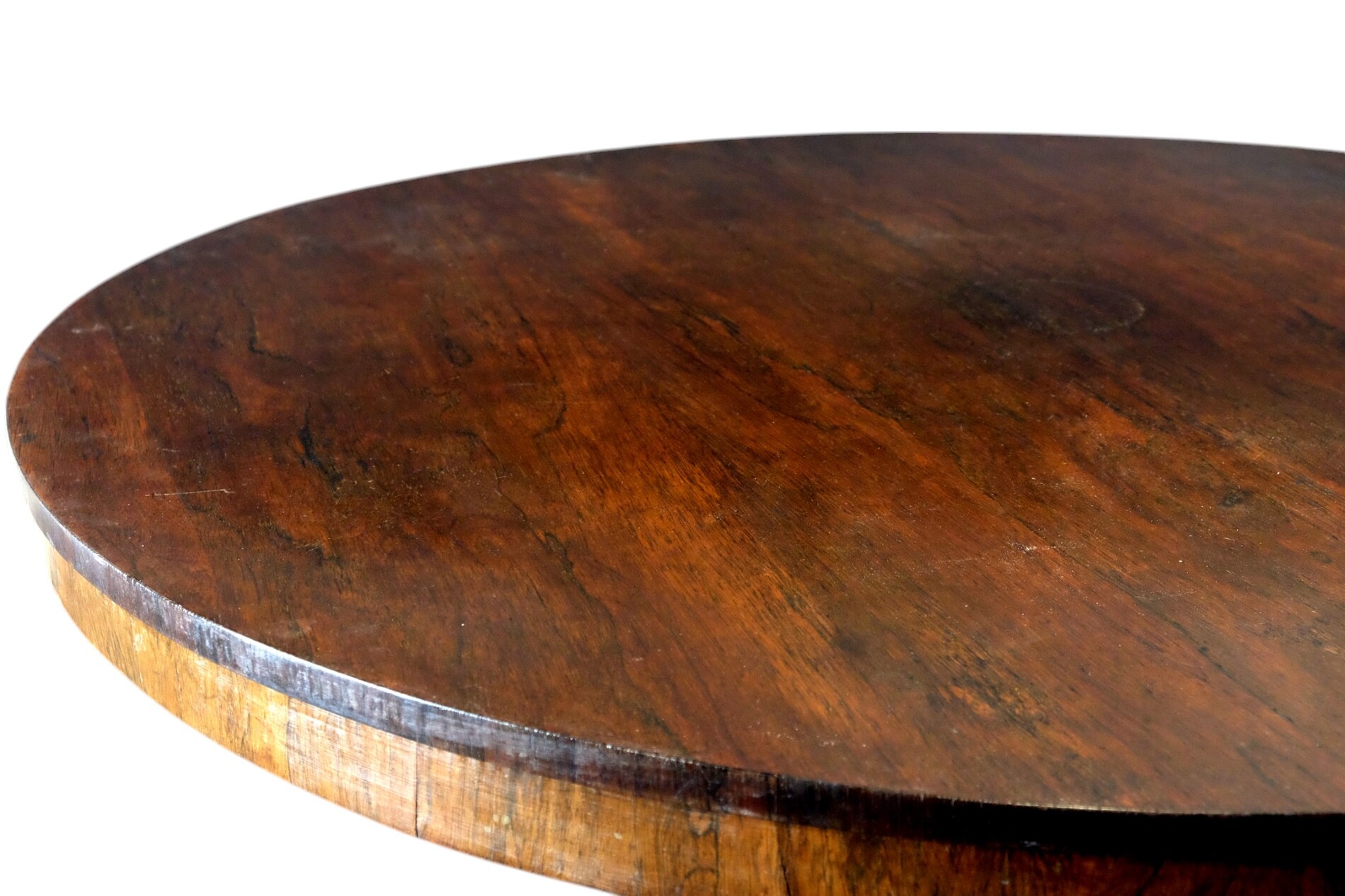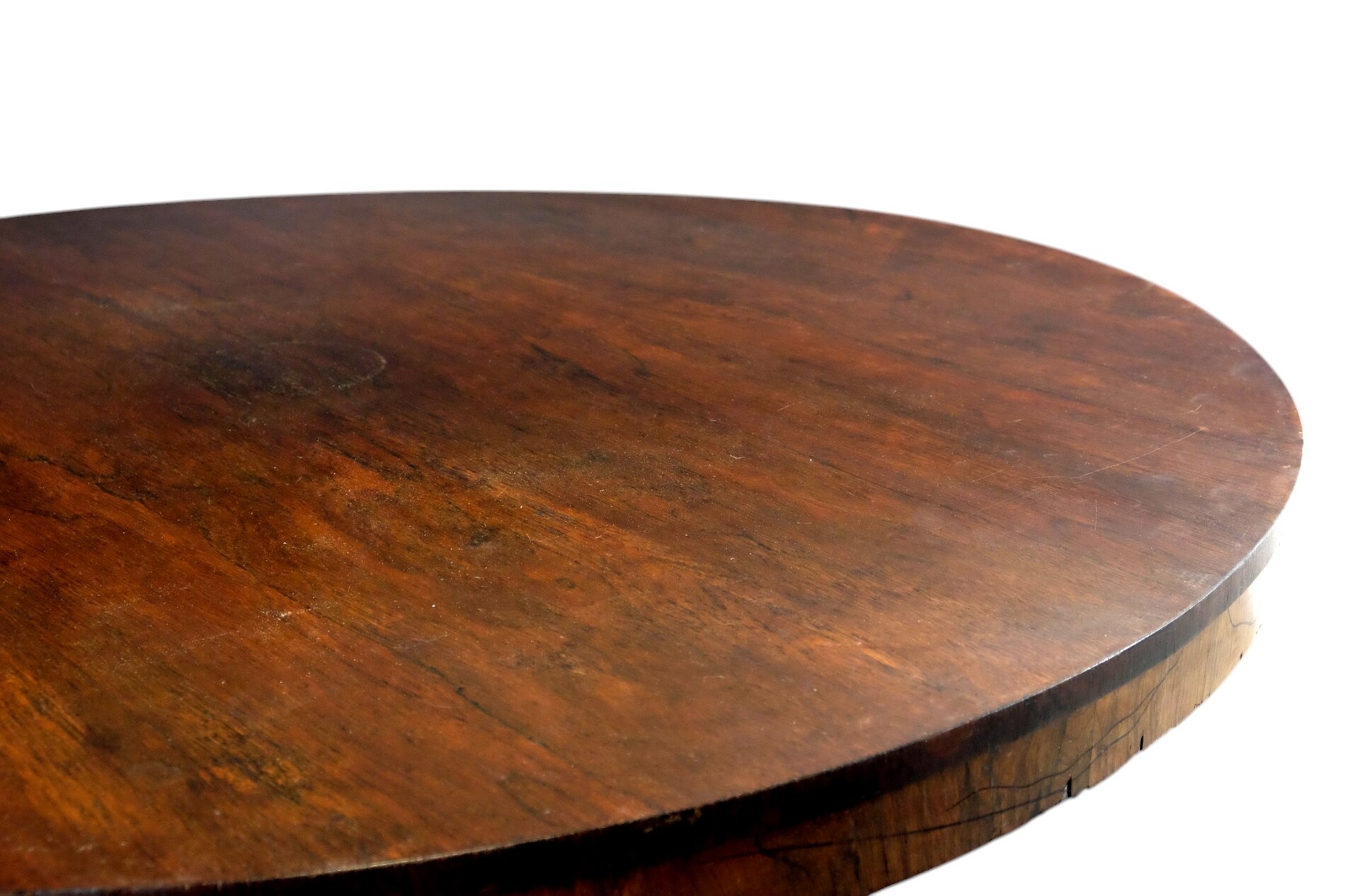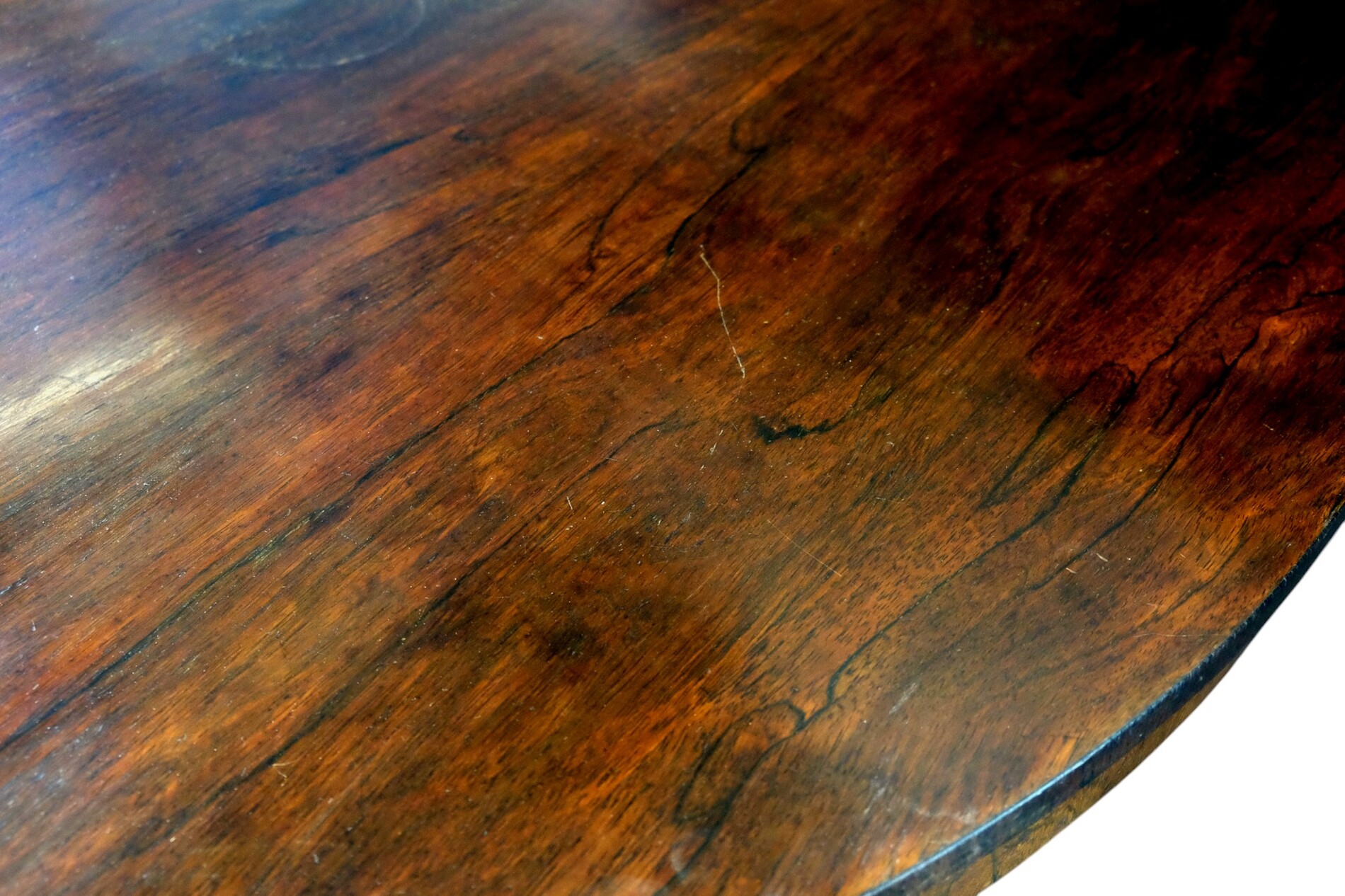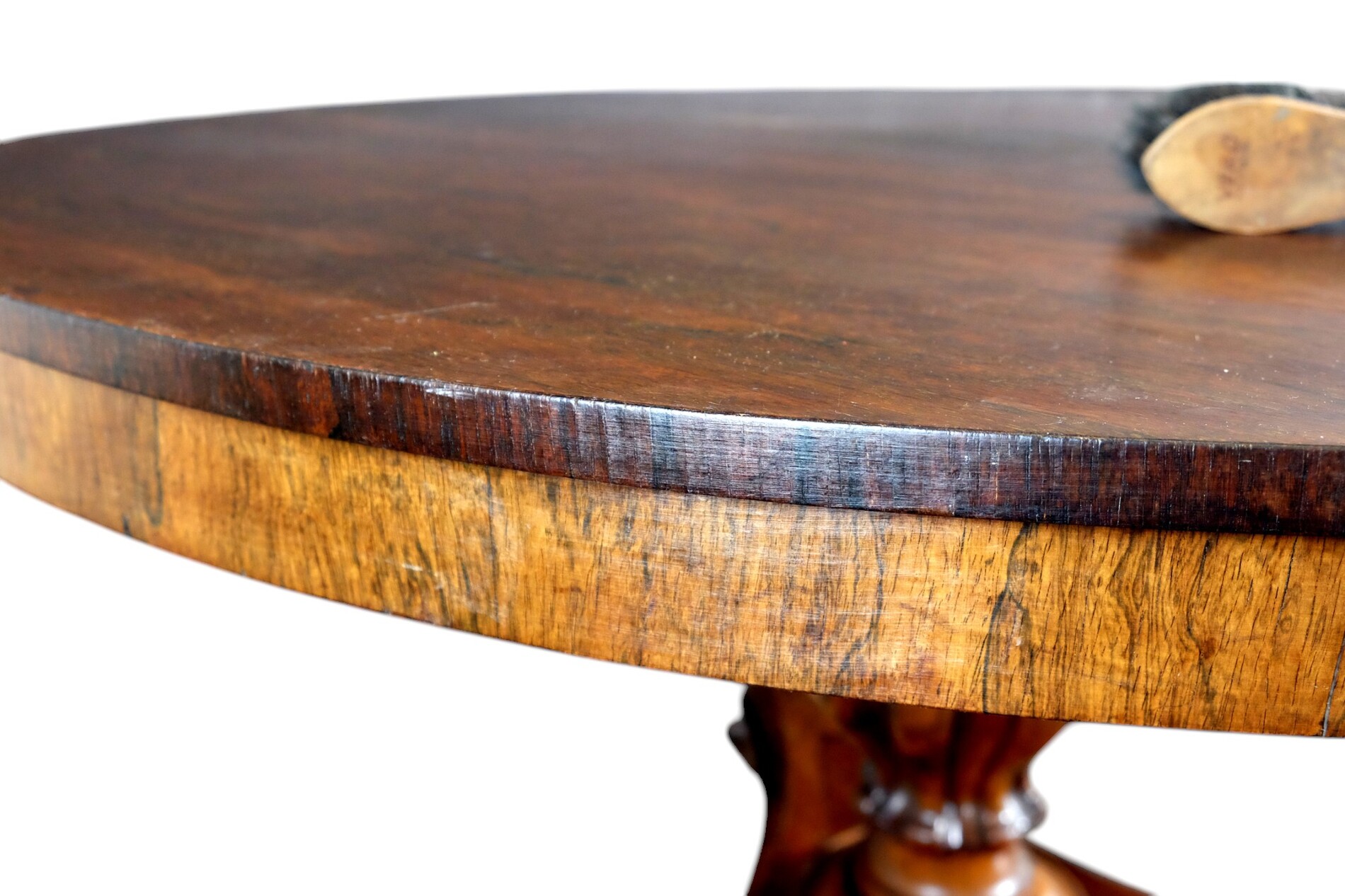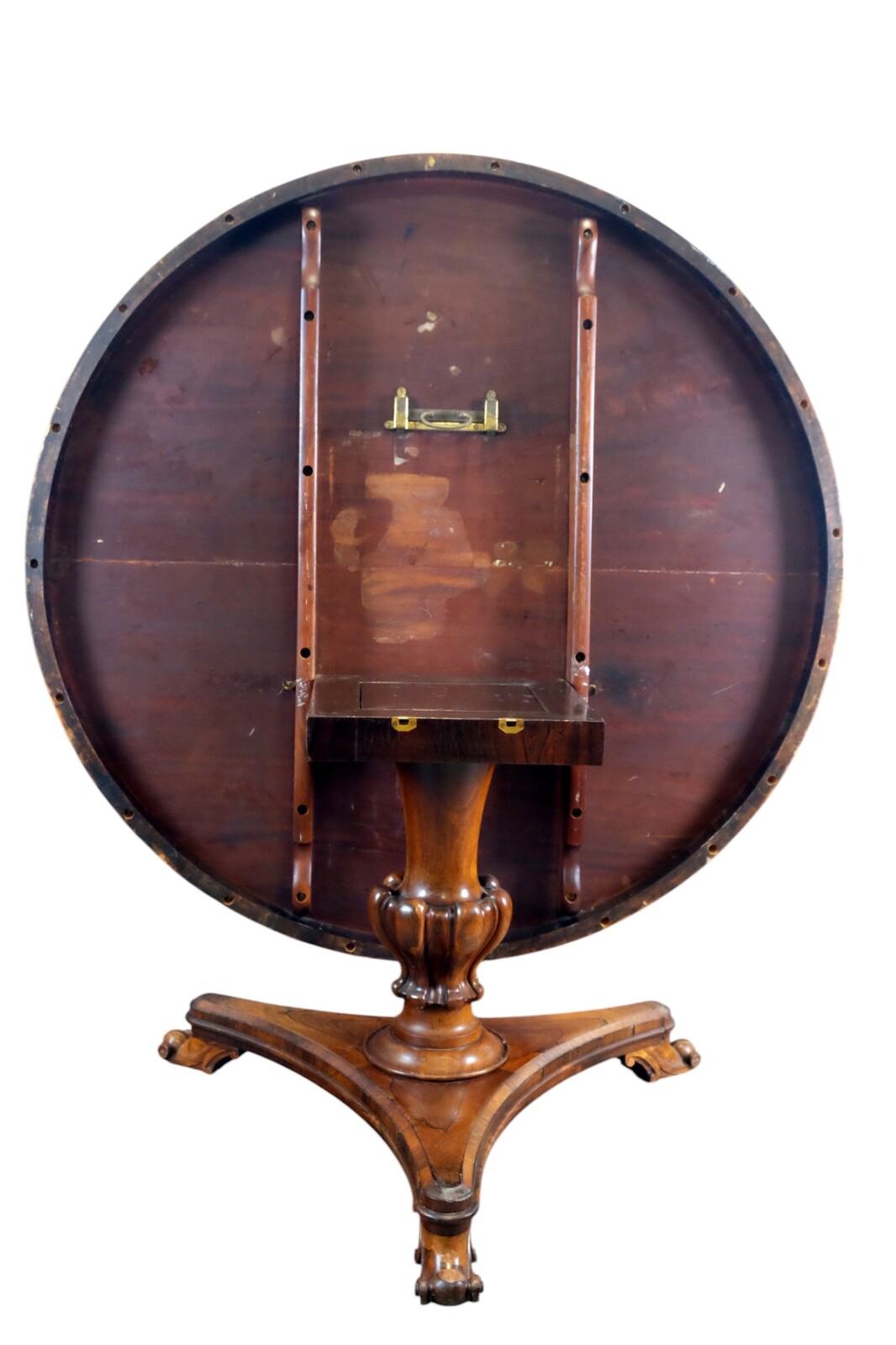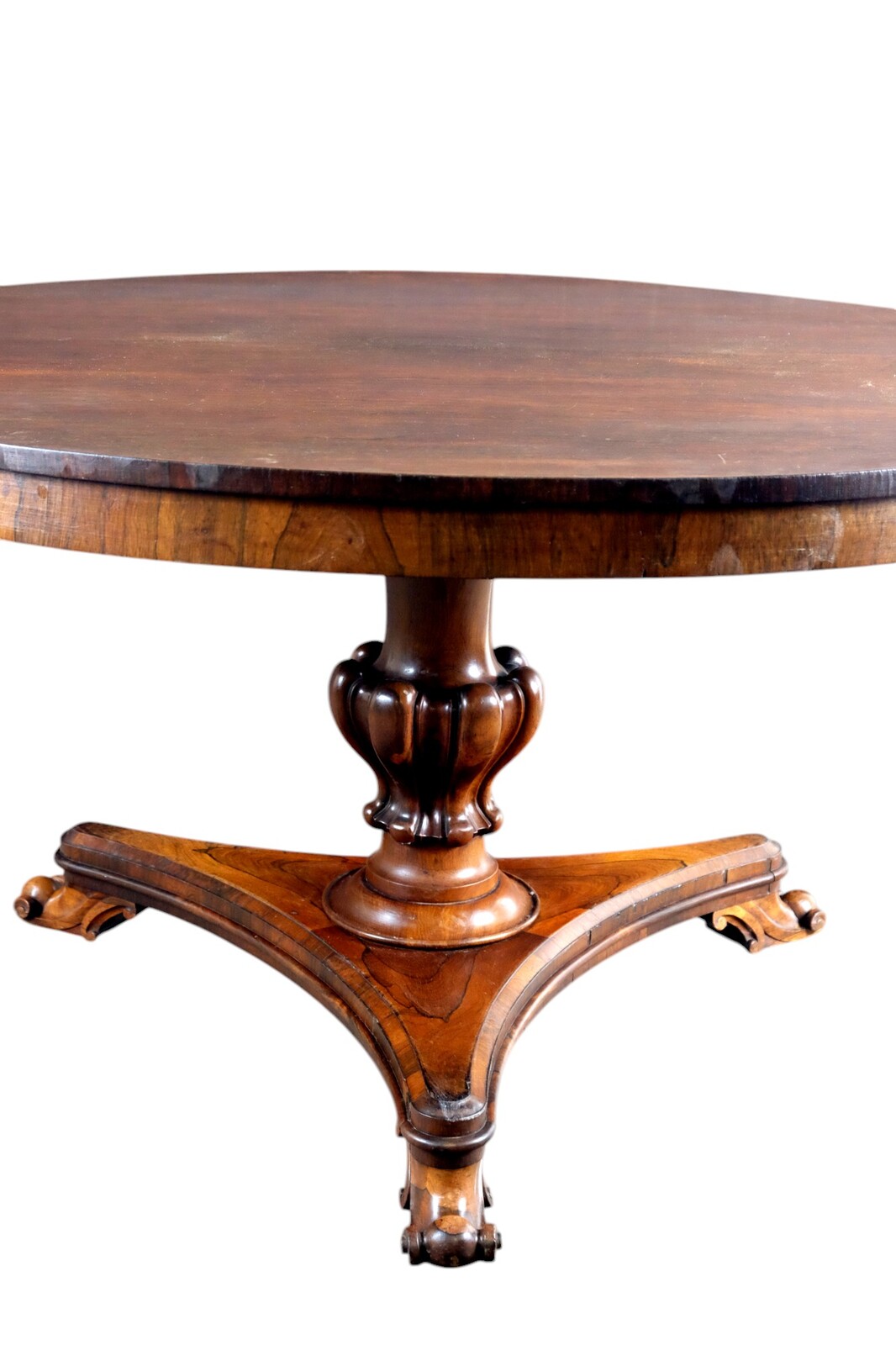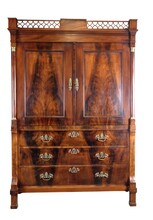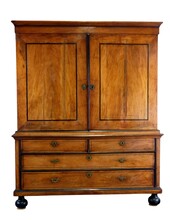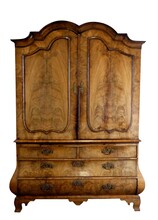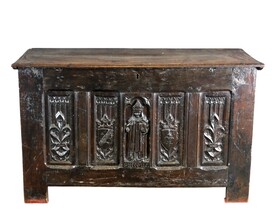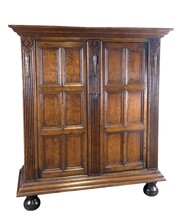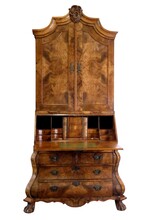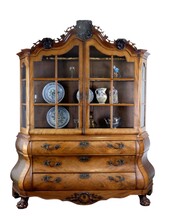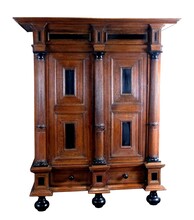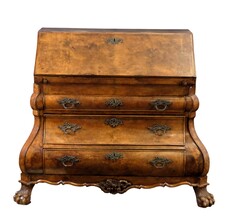Stylish cabinet from the Empire. ( 1795 – 1830 )
This line-height: 100%; margin-bottom: 0cm">This cabinet is also called a 'gate cabinet' after the gate above the cornice.
We see a beautiful pattern in the grain of the wood.
The cabinetmaker made thin layers of veneer from the wood from one tree and mirrored them in relation to each other so that symmetry was created.
A very careful job.
Veneering was then seen as an extra high-quality craft.
There were no machines at the time to do this easily .
Below three large wide drawers.
They are expertly dovetailed.
The interior behind both doors is equipped with two large shelves and above that two smaller, shallower ones.
The double layer of drawers at the bottom is special.
You never see that.
With very beautiful quarter-sawn oak panels.
In total there are seven drawers behind the doors. See photo
A very practical piece of furniture.
The gate can easily be removed.
I have added one photo without the gate.
The lock is original and so is the key.




















